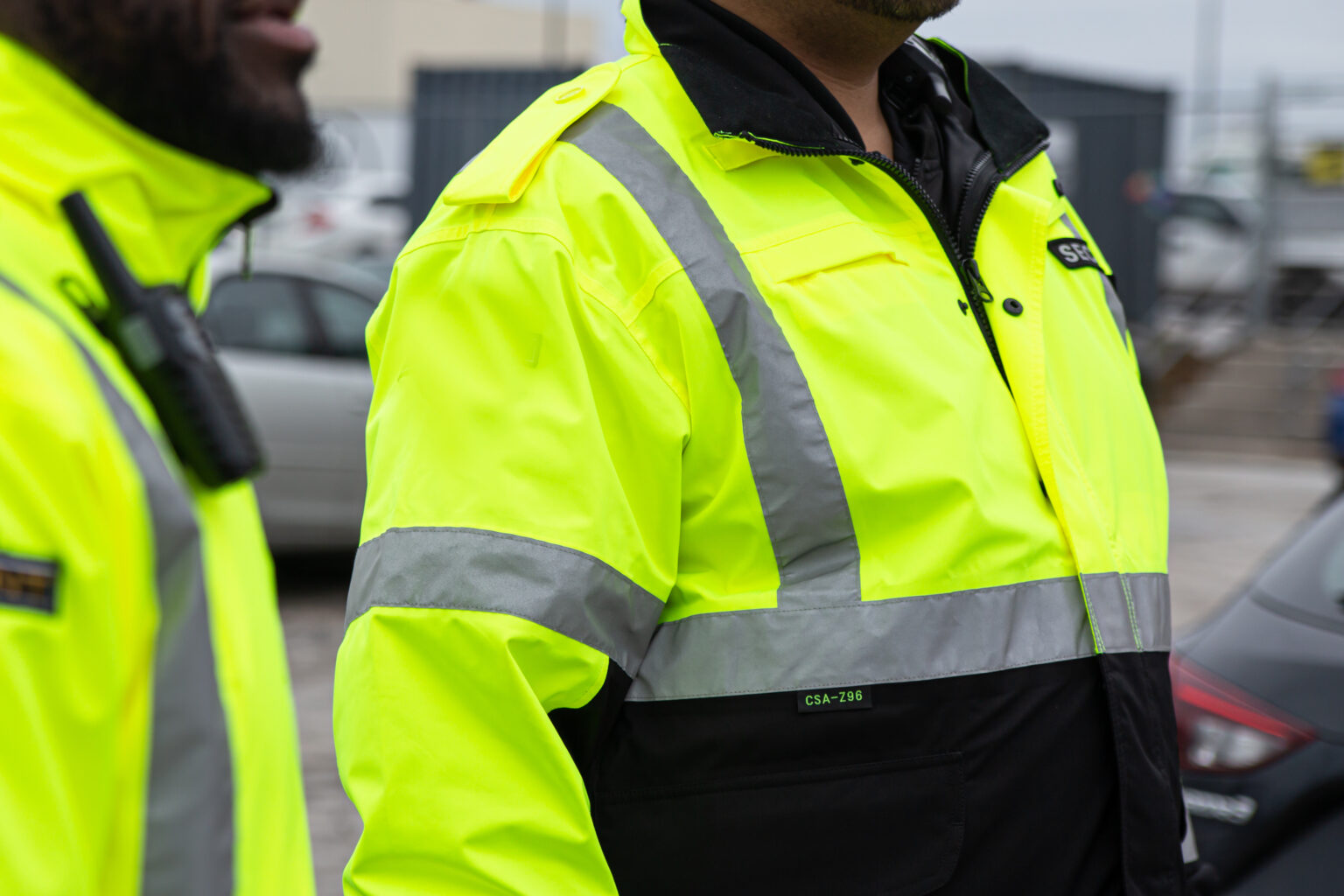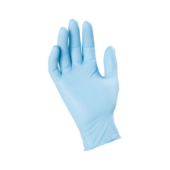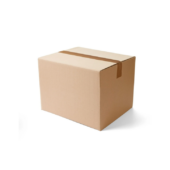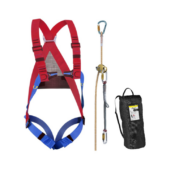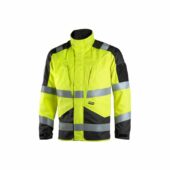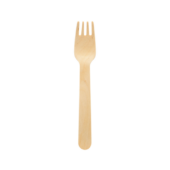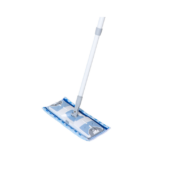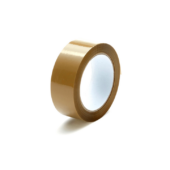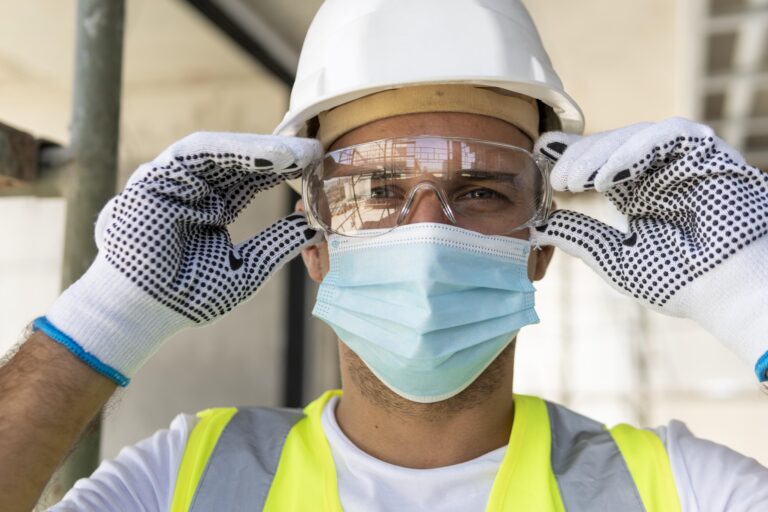When working in metalworking environments, choosing the right fire-retardant jacket is essential for safety and comfort. This guide will help you understand the different types of jackets and materials, making it easy to pick the one that best suits your needs.
By the end, you’ll have a clear understanding of the key factors to consider, from fabric types to protection levels. We’ll also cover complementary safety gear, like gloves and trousers, and provide tips on jacket care to extend its life.
This article will provide all the information you need to make an informed decision, and we’re here to help with your next step in safety gear too. Let’s get started!
For a broader overview of fire-retardant jackets, check out our comprehensive Selecting The Best Fire-Retardant Jackets: A Practical Guide.
Key Factors to Consider When Choosing Fire-Retardant Jackets
When selecting a fire-retardant jacket, it is essential to match its features to the specific requirements of your metalworking tasks. For example, welding might necessitate jackets with reinforced panels for high heat resistance, while grinding tasks benefit from materials with superior abrasion resistance. By tailoring your choice to the task, you ensure both safety and efficiency.
1. Material Composition
The fabric of a fire-retardant jacket significantly affects its performance. Common materials include:
- Cotton blends with flame-resistant treatments: Lightweight and breathable, ideal for moderate heat exposure.
- Aramid fibers (e.g., Nomex): Naturally flame-resistant and highly durable.
- Leather: Excellent for heavy-duty protection against sparks and molten splashes.
Evaluate your working conditions to choose the material that provides the right balance of protection and comfort.
2. Protection Level
Different tasks in metalworking require varying levels of protection. For instance:
- Welding tasks: Jackets with reinforced panels and high heat resistance are essential.
- Grinding or cutting tasks: Opt for abrasion-resistant materials.
Check the jacket’s certification to confirm it meets your specific requirements. For welding jackets, refer to this guide on welding jackets.
3. Fit and Mobility
A well-fitted jacket ensures freedom of movement without compromising safety. Key considerations include:
- Adjustable cuffs and waistbands for a snug fit.
- Articulated sleeves for better arm mobility.
- Sizing in European measurements (e.g., chest size in centimeters).
Refer to the sizing chart provided by the manufacturer to choose the correct size.
Comparison of Fire-Retardant Jackets for Metalworking
| Feature | Lightweight Cotton Blends | Aramid Fibers | Leather |
| Heat Resistance | Moderate | High | Exceptional |
| Durability | Moderate | High | High |
| Comfort | High | Moderate | Low |
| Best For | Light to moderate tasks | General tasks | Heavy-duty tasks |
Enhancing Protection: Complementary Workwear
While a fire-retardant jacket is critical, consider pairing it with other protective gear for complete coverage:
- Fire-retardant gloves: Essential for handling hot tools or materials.
- Fire-retardant work trousers: Provides protection for your lower body.
- Fire-retardant overalls: Ensures full-body coverage.
- Fire-retardant shirts: Ideal for layering under jackets.
For detailed guides, explore related articles such as How To Choose The Right Fire-Retardant Overalls – A Buyer’s Guide and Fire-Retardant Shirts: Everything You Need To Know.
Additional Features to Look For
1. Pockets and Storage
Choose jackets with multiple, secure pockets to keep tools and personal items handy. Ensure pockets are covered or sealed to prevent sparks from entering.
2. High-Visibility Options
In poorly lit environments, high-visibility fire-retardant jackets can enhance safety by making you more noticeable.
3. Moisture and Chemical Resistance
For tasks involving liquids or chemicals, select jackets with additional resistance to prevent absorption and damage.
Caring for Your Fire-Retardant Jacket
Proper maintenance extends the life of your jacket and ensures its protective properties remain effective. Follow these tips:
- Wash according to manufacturer guidelines, using mild detergents. Avoid bleach, as it may reduce the fabric’s flame-resistant effectiveness.
- Check your jacket regularly for wear, such as frayed edges or thinning material, to maintain its protective features and ensure reliability. For example, skipping regular inspections could lead to unnoticed damage, reducing its effectiveness during critical moments.
- Store your jacket in a dry, clean environment to preserve its quality over time and avoid unnecessary wear. Workers have reported that improper storage in damp conditions led to mold and reduced fire resistance.
Avoiding these common pitfalls will ensure your fire-retardant jacket remains a reliable part of your safety gear. For more insights, refer to this helpful guide on maintaining flame-resistant clothing.
Where to Buy Fire-Retardant Jackets
Explore a wide range of fire-retardant jackets on Droppe’s product page. Here, you’ll find high-quality options tailored for metalworking and other industrial applications.
For complementary protective gear, check out:
Final Thoughts
To choose the right fire-retardant jacket for metalworking, focus on the following actionable steps:
- Evaluate Material Composition: Select fabrics like cotton blends for lighter tasks, aramid fibers for general use, or leather for heavy-duty protection.
- Assess Protection Levels: Match the jacket’s certifications to your specific metalworking tasks, such as welding or grinding.
- Prioritize Fit and Mobility: Ensure the jacket fits well and allows ease of movement without compromising safety.
- Pair with Complementary Gear: Use additional protective items like fire-retardant gloves, trousers, and overalls for complete coverage.
By considering these factors, you can confidently invest in gear that ensures your safety and enhances productivity. Explore trusted brands and high-quality options on Droppe’s product page and dive deeper into our other guides for related insights.
The right fire-retardant jacket for metalworking requires balancing safety, comfort, and durability.
For more insights on flame protection and related products, explore our other practical guides like How To Choose The Right Fire-Retardant Gloves – A Buyer’s Guide.
Stay safe and confident in your metalworking environment with the right protective gear.
Frequently Asked Questions
Replace your jacket if it’s damaged, has worn-out fabric, or no longer meets safety standards. Regular inspections will help you determine when it’s time.
Yes, but follow the manufacturer’s care instructions. Use mild detergents and avoid bleach to preserve its flame-resistant properties.
Most fire-retardant jackets are not designed to be fully waterproof, but some may offer limited moisture resistance depending on the material.
Aramid fibers offer higher heat resistance and durability, while cotton blends are lighter and more breathable for moderate heat exposure.
Yes, they can be used in any industry where exposure to heat, flames, or sparks is a concern, such as construction, mining, or welding.

